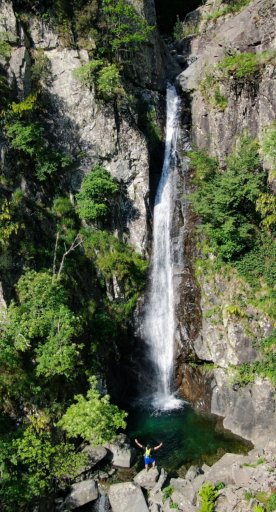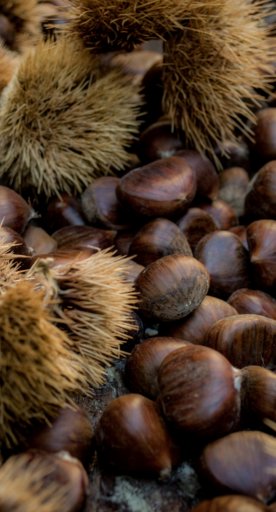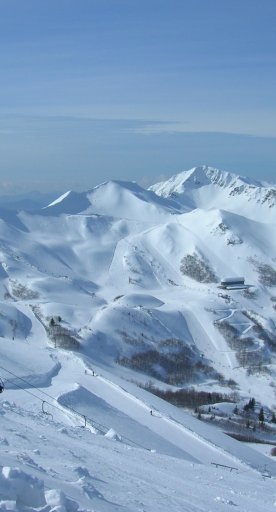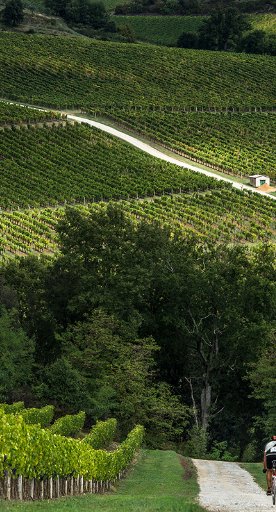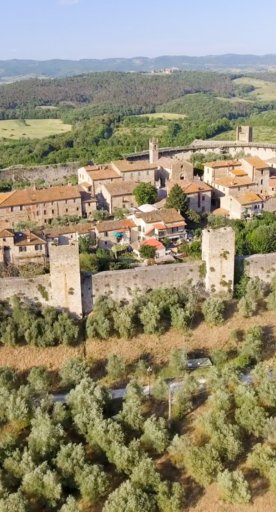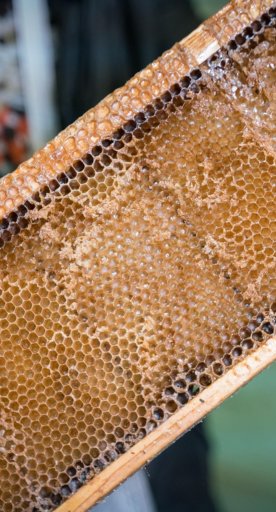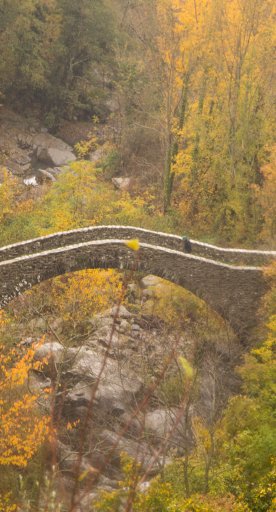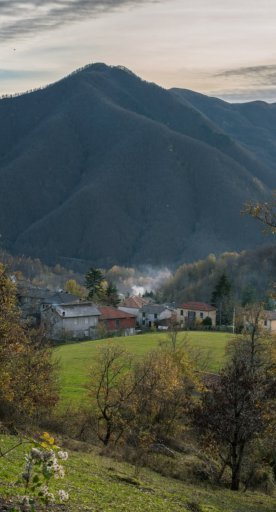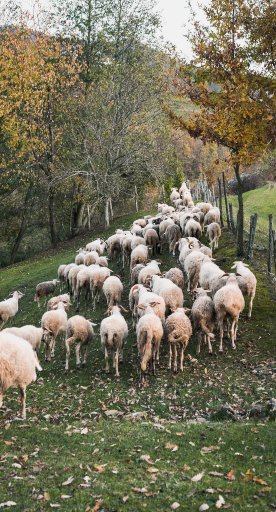10 gems not to be missed along the Via Francigena in Tuscany
Here are some of the many historical attractions you'll run into along the Tuscan stretch of the Via Francigena
The Via Francigena is the general name of the ancient pilgrim route running from Canterbury to Rome. It was known in Italy as the Via Francigena ("the road that comes from France") or the Via Romea Francigena ("the road to Rome that comes from France"). In medieval times it was an important road and pilgrimage route for those wishing to visit the Holy See and the tombs of the apostles Peter and Paul.
The entire Tuscan section of the Via Francigena, from the Passo della Cisa to Radicofani, has been progressively made safer and the infrastructure has been fully restored. It certainly is a unique itinerary: 380 km of history, culture and traditions, immersed in an exciting landscape, to be travelled by car, but, more appropriately, on foot, by bicycle or on horseback. An ode to slow travel!
All along the route, in addition to the places that are (of course) best known - Lucca, Siena, San Gimignano, Bagno Vignoni - and their famous treasures, there are some real gems to be discovered, step by step. Here are some of them!
-
1.Piagnaro Castle in Pontremoli (Massa Carrara area)
-
2.Massa Cathedral
-
3.Palazzo Ducale in Massa
-
4.Medici Bridge of Cappiano (Florence area)
-
5.Rocca di Federico II in San Miniato (Pisa area)
-
6.Abbey of Santa Maria a Coneo in Colle Val d’Elsa (Siena area)
-
7.Grancia di Cuna in Monteroni d'Arbia (Siena area)
-
8.Collegiata dei Santi Quirico e Giulitta in San Quirico d’Orcia (Siena area)
-
9.Horti Leonini in San Quirico d’Orcia (Siena area)
-
10.Posta Medicea in Radicofani (Siena area)
Piagnaro Castle in Pontremoli (Massa Carrara area)
The Piagnaro Castle stands atop a hill overlooking the historical centre of Pontremoli. It was erected in the 11th century so to control the network of underlying roads and became an integral part of the town’s defensive system.
Nowadays the Castle is open to the public and is home to the Museum of Lunigiana Stele Statues.
Leg 22: Passo della Cisa - Pontremoli
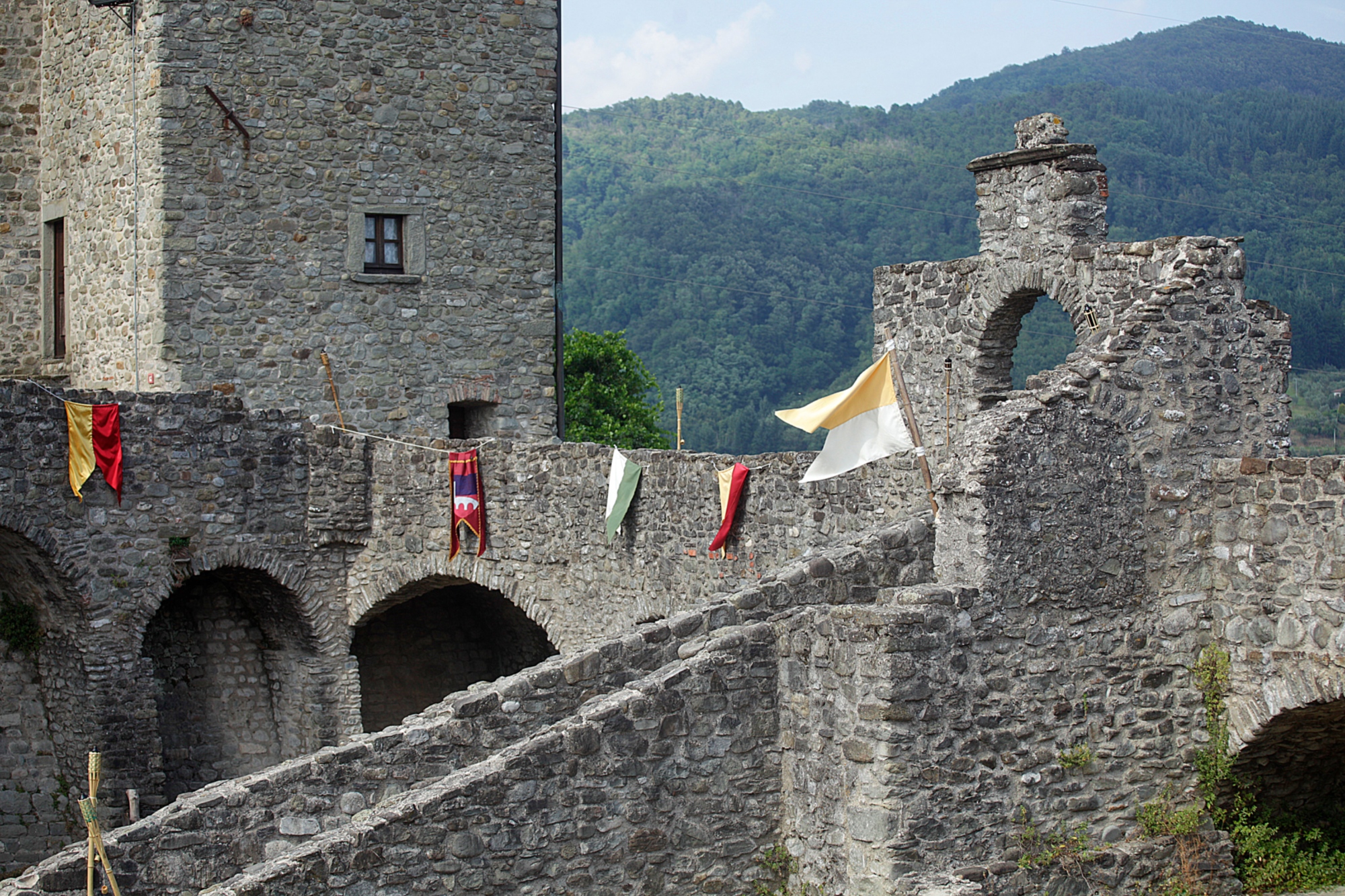
Massa Cathedral
The Cathedral of Massa, also known as Cathedral of the Saints Peter and Francis, boasts an impressive façade that was reconstructed in 1936, but its history dates way back to (at least) the 15th century.
The visual impact of the building as it gets closer and closer while walking along Via Dante Alighieri is astonishing, you'll love it!
Leg 25: Sarzana - Massa

Palazzo Ducale in Massa
Also known as the Red Palace, Massa's Palazzo Ducale is a sumptuous palace filled with columns, stairs and arcades, with decorations all strictly made of white marble. It was built by the Malaspina family at the beginning of the 16th century.
Nowadays the building hosts the offices of both the Provincial Authority and the Prefecture, and it is open to the public during office hours. Occasionally, the Sala degli Specchi and the Salone degli Svizzeri host temporary exhibitions.
Leg 25: Sarzana - Massa
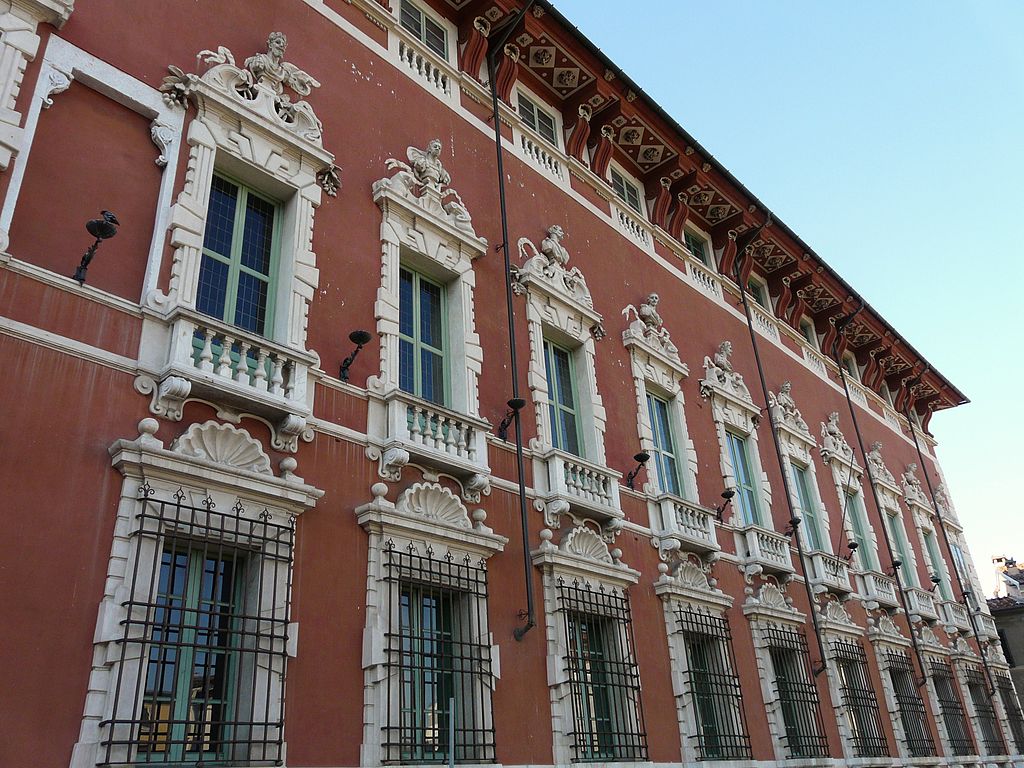
Medici Bridge of Cappiano (Florence area)
According to historians, the first mentions of a bridge providing passage over the Usciana canal in the area of Cappiano date back to the Middle Ages. Over the years, such bridge grew in importance thanks to its strategic position along the Via Francigena and, for a certain period, it was managed by the Hospitallers of Altopascio. In 1325, during the conflicts between Florence and Lucca, it was destroyed and then rebuilt as a drawbridge with a fortified tower.
After further vicissitudes and renovations across the centuries, the history of the Ponte a Cappiano changed substantially in the first half of the 16th century at the hand of Cosimo I de' Medici. At that time, Cosimo had both the covered and the open bridge built, along with some other buildings, and the complex took the form we know today.
Leg 29: Altopascio - San Miniato

Rocca di Federico II in San Miniato (Pisa area)
The tower of Federico II, named in honour of the emperor who built it between 1217 and 1223, stands on the summit of the hill. In 1944 the Germans mined the tower razing it to the ground and what we see today is a faithful reconstruction.
From the top of the tower (30 metres high!), thanks to powerful telescopes, you can see the point where the Via Francigena meets the Roman road that runs from Pisa to Florence.
Leg 29: Altopascio - San Miniato

Abbey of Santa Maria a Coneo in Colle Val d’Elsa (Siena area)
The Abbey of Santa Maria a Coneo is a Romanesque church founded around the year 1000, flanked by the buildings of the monastery.
It is splendidly nestled in the surrounding countryside and definitely deserves a visit.
Leg 32: San Gimignano - Monteriggioni

Grancia di Cuna in Monteroni d'Arbia (Siena area)
It is a fascinating example of a fortified medieval farm. Also, it represents one the most interesting architectural structures in Tuscany, thanks to its size and characteristic red bricks.
Here, in 1152, the presence of a "spedale" (hospital) is documented for the care of pilgrims and merchants. At the beginning of the 13th century the lands were purchased by the city of Siena and by the Spedale della Scala.
Leg 34: Siena - Ponte d'Arbia

Collegiata dei Santi Quirico e Giulitta in San Quirico d’Orcia (Siena area)
The first known document about San Quirico d'Orcia dates to 712 AD and it’s an act relating to a dispute between the diocese of Siena and Arezzo for the possession of some churches, among which figure the beautiful church of San Quirico in Osenna.
Centuries later, the Collegiata dei Santi Quirico e Giulitta was built in that exact spot.

Horti Leonini in San Quirico d’Orcia (Siena area)
The Horti Leonini were created around 1581 on a land that Francesco I de' Medici had given to Diomede Leoni.
The gardens have maintained to this day the original structure, creating a well-preserved example of classic Italian garden.

Posta Medicea in Radicofani (Siena area)
This massive building, designed by Buontalenti at the end of the 16th century, is set in the lowest part of Radicofani, the southern gateway to the Tuscan Via Francigena.
It was the place where the travellers would change horses, spent the night, eat, rest and shelter in case of bad weather.
Leg 36: San Quirico d'Orcia - Radicofani

What’s nearby?



